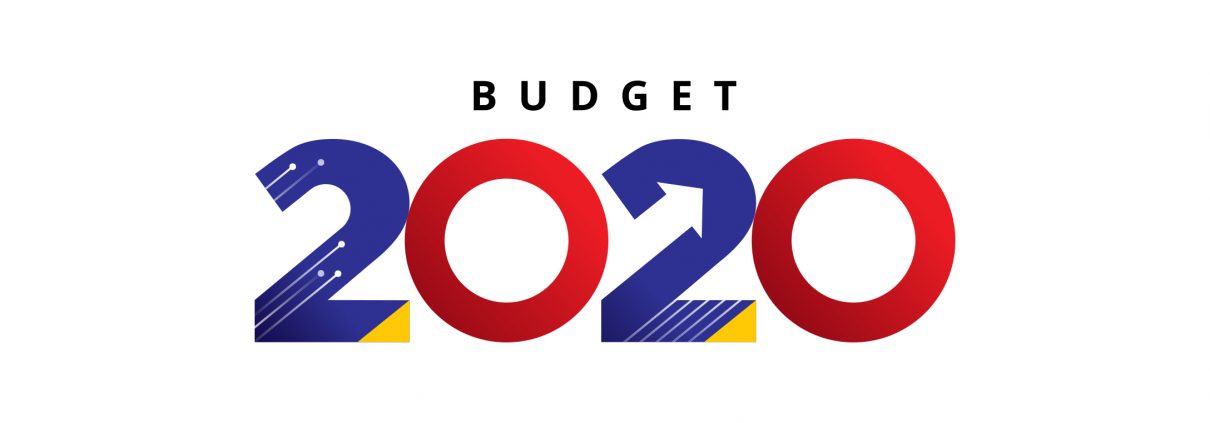BUDGET 2020 for Motorists – The Good, The Bad, The Ugly
At the time of writing, Finance Minister YB Lim Guan Eng has just wrapped up his presentation on the 2020 Budget, which sees lots of benefits and lots of drawbacks for motorists. We’re going to leave the analysis of the larger portions of the budget (including the near RM70-billion allocated to the Education Ministry) to the news pundits, and we’re going to focus on what matters to our audience.
The 2020 Budget has confirmed, cemented, and put to rest some of the rumours and initiatives that have been floating around of late, such as the reintroduction of GST. It’s also revealed that the Government is making good on its promise to reduce certain motoring costs in stages, due to the current financial strain that the administration is subject to.
We’ll start with the good bits:
- The Government will take over the KESAS, SPRINT, and LDP highways, as well as the SMART Tunnel. Upon doing so, the Government will abolish all toll charges on the aforementioned motorways, and replace them with congestion charges during peak and normal hours. These peak & normal rates will see a reduction of 30% over current toll charges, while off-peak hours will see zero congestion charge. This ensures that the takeover of the aforementioned motorways will come at no financial burden to the government, as the takeover will be paid for by the congestion charge.
- The Government has negotiated with PLUS Berhad to reduce toll charges on all PLUS motorways by 18%. This naturally includes the North-South Highway, the New Klang Valley Expressway, the Seremban-Port Dickson Highway, the North-South Expressway Central Link, the Malaysia-Singapore 2nd Link, and the Butterworth-Kulim Expressway. This will save motorists RM43-billion by the expiration of the PLUS concession in 2038.
- The Government will match the toll rates of the 2nd Penang Bridge to that of the Penang Bridge, reducing current toll charges of RM8 to RM7.
- The Government will no longer grant concession extensions to any motorway operator in the country.
These are of course majorly welcomed boons for Malaysian motorists, who will likely find that their daily commute & occasional trips are about to get cheaper come 2020.
There are however a number of cons to the 2020 Budget, which include:
- The gradual removal of the fuel price cap system in the Peninsula, which has thus far been responsible for ensuring the stability of fuel prices (and by correlation, the cost of goods and services).
- The price cap removal will be replaced with two targeted subsidy systems. The first, for recipients of Bantuan Sara Hidup (BSH) will see the direct creditation of RM30/month for car owners and RM12/month for motorcycle owners. Those eligible must own a car below 1,600cc (or 1,600cc> if above 10-years of age), or a motorcycle <150cc (or 150cc> if in excess of 10-years of age), and the Government will credit the subsidy directly into eligible BSH accounts.
- All motorists that do not receive BSH will be entitled to receive KAD95, which will permit a subsidy of 30-sen/litre for the first 100L/month for car owners, and 40L/month for motorcycle owners. This will, in theory, ensure the continued stability of prices and managed inflation in the face of the return to the open-market float system.
We at MalaysianMotoring feel particularly strongly about the removal of the fuel price cap, as we believe that by removing the price cap, the Malaysian economy is about to be subject to yet another unilateral price increase of goods & services. The Malaysian government has failed to outline how the floated fuel price system will ensure stability for logistical networks, transportation networks and the like, all of which we depend on entirely to get the goods & services we need to survive.
Without wanting to sound like a fearmonger, let’s all take note that on this day, the 11th of October 2019, the price of a Snack Plate at KFC is RM14.95.
Let’s see where it goes after this.


